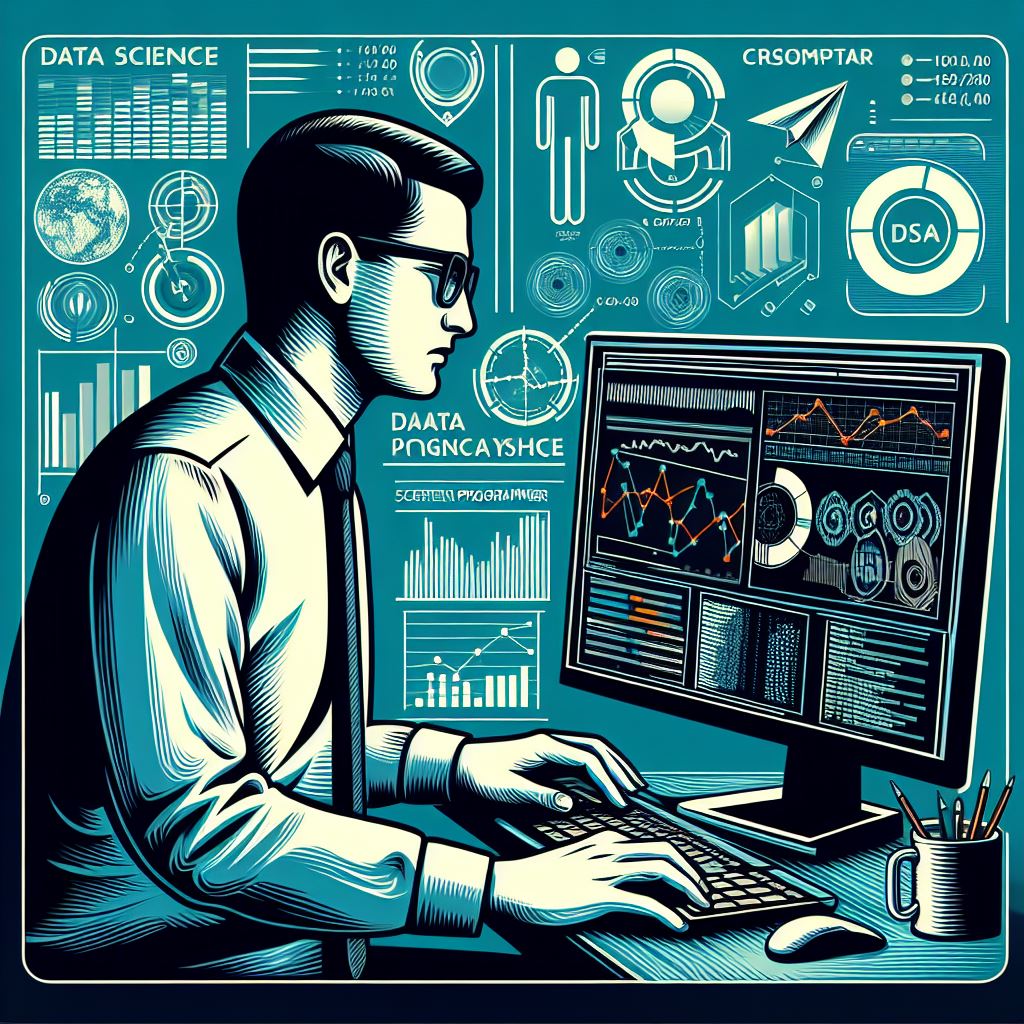In today’s world, the fusion of artificial intelligence (AI) and machine learning (ML) is revolutionizing various industries, and home automation is no exception. The rise of AI-powered devices combined with the capabilities of machine learning is reshaping the way we interact with our living spaces, making them smarter, more efficient, and personalized. From controlling lighting and heating to managing security and entertainment, AI and ML are transforming the home into an intelligent, adaptive environment.
Home automation, also known as smart home technology, involves the integration of various devices and systems within a home, allowing for centralized control via smartphones, voice assistants, or other remote interfaces. Traditionally, these devices were simple, offering basic automation like turning lights on or off or adjusting the thermostat. However, with advancements in machine learning and AI, the scope of home automation has expanded dramatically.
AI-powered devices can analyze data in real time and learn from the environment to make smarter decisions. For instance, smart thermostats powered by AI and ML can learn your temperature preferences over time and automatically adjust to your ideal settings without manual input. This not only improves comfort but also enhances energy efficiency by reducing heating or cooling when it’s not needed.
Another area where AI and ML are making an impact is home security. Traditional security systems required manual monitoring or alerts, often leaving gaps in real-time responses. Now, AI-driven security cameras can analyze video feeds and recognize unusual patterns or intrusions, automatically notifying homeowners of potential threats. These devices are capable of distinguishing between pets, humans, and vehicles, reducing false alarms and ensuring more accurate security.
In addition to security, entertainment systems are also becoming smarter with the integration of AI and machine learning. For example, AI-powered speakers like Amazon Echo or Google Home use voice recognition to not only play music but also learn your preferences over time. They can adapt to your voice and even control other smart home devices based on your commands. With integration across different platforms, these devices can now provide personalized experiences, making your home smarter and more enjoyable.
Furthermore, the Internet of Things (IoT) plays a crucial role in home automation. IoT devices collect data from various sensors within the home, feeding it into AI and ML algorithms to enhance automation processes. For example, smart lighting systems can adjust based on the time of day or activity, creating an optimal ambiance. As these systems learn your habits, they can anticipate your needs, offering convenience and energy savings.
The beauty of AI and ML-powered home automation is the ability for these devices to get smarter over time. Machine learning algorithms analyze your behaviors and routines, fine-tuning systems to provide optimal performance. This constant learning process allows devices to adapt to changes in your lifestyle, offering seamless integration and a truly personalized experience.
One of the greatest advantages of AI-powered home automation is its scalability. Whether you’re upgrading a few devices or transforming your entire home into a smart hub, the possibilities are endless. As new AI and ML technologies emerge, homes can be continually upgraded, improving not only the functionality of each device but also the overall experience of living in a smart home.
In conclusion, the future of home automation lies in the seamless integration of AI and machine learning. As these technologies continue to evolve, our homes will become more intuitive, responsive, and personalized, providing greater comfort, security, and efficiency. The rise of AI and ML-powered devices is ushering in a new era of smart living, making home automation a core part of modern life.
